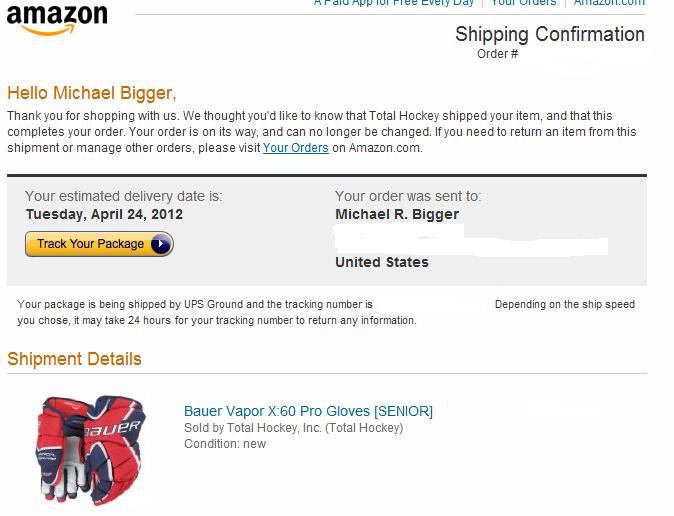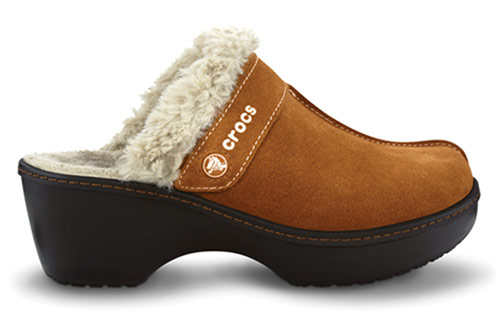American Apparel Wholesale Accelerating?
Here is the sales growth data for American Apparel’s different line of businesses since October:
Do you notice the pickup in the wholesale business starting in December?
Here is a table with the quarterly results for 2011:
Why is the wholesale business suddenly firing on all cylinders? What drove this turnaround in the wholesale net sales numbers?
To answer this question let’s look at what do they do at American Apparel ($APP)and let’s find out if anything significant has changed in this line of business. Source: 10-K.
American Apparel wholesale operations sell to over a dozen authorized distributors and approximately 10,000 screen printers and advertising specialty companies.
These screen printers and advertising specialty companies decorate our blank product with corporate logos, brands and other images. Our wholesale customers sell imprinted sportswear and accessories to a highly diversified range of end-consumers, including corporations, sporting venues, concert promoters, athletic leagues, and educational institutions, among others.
We recently came across this fascinating article about Manpacks.com (4/19/2012). Here are some of the highlights of the interview:
American Apparel has an incredibly loyal following, and they do make some great t-shirts.
A couple of weeks ago my cell phone rings, and it’s a woman from the American Apparel office. She asks if we’d consider carrying some of their products. I told her the story of how we had been rejected in the past, and she admitted that it was a mistake. American Apparel [had] wanted to control all of their sales online, and thought that having other online retailers selling their products would hurt their business. American Apparel hasn’t been doing great with this strategy, so recently they began testing sales via niche online retailers.
$APP now allows online retailers such as Manpacks and Republic (UK-based retailer) to sell American Apparel product without screen printing it on their web platforms. This represents a 180-degree shift in their strategy and a change that drives sales toward a premium luxury customer rather than a commoditized price-focused consumer. Dov’s recent interview on CNBC pointed to higher gross margins than in previous quarters, and we think some of the gains in the area will come from this change in wholesale strategy.
So maybe that explains why the wholesale business is accelerating. We will soon find out.
The company gave a guidance of +1% in sales growth for the full year 2012. Don’t you think that the information contained in the tables indicates more like sales growth of 10%+ for 2012? While this sounds like a lofty goal for any company, we think it is easily attainable given year-to-date numbers and strong momentum.
What about the other sales channels, retail and online? We will answer this is another blog post at a later date.
What do you think? Will American Apparel turn for good?
Written by Michael Bigger. Follow me on Twitter and StockTwits.
P.S. Don't go out and buy the stock. This is a highly distressed situation and it is not suitable for the majority of investors. The purpose of the post is to write down how I think about this and share it with you.

 Tuesday, May 1, 2012 at 11:51AM
Tuesday, May 1, 2012 at 11:51AM



